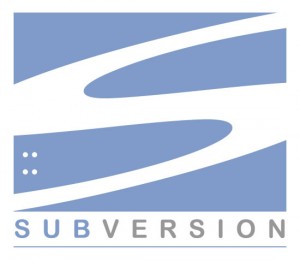
Under the Republican plan passed through Congress last December, families can now use 529 college-savings plans to pay for private K-12 schooling, allowing them up to $10,000 in tax-free withdrawals per child annually. It’s a system that leaves the poor with less and the rich with more-a phenomenon that the new GOP tax law has the potential to make even worse.

Nationally, that accounts for a $1,500-per-student funding gap, a gap that has grown by 44 percent since the 2001-02 school year. One of the most significant factors contributing to the chasm of educational opportunity is the way that schools are funded.Īccording to the most recent data made available by the Department of Education in 2015, the wealthiest 25 percent of school districts receive 15 percent more in per-student funding from state and local governments as compared to the poorest 25 percent of school districts. Too often, however, scrutiny of these schools’ performance doesn’t take into account the structural factors that have contributed to their outcomes. At the most dilapidated and underperforming schools, teachers are blamed for stagnant graduation rates, students are derided for low tests scores, and parents are chastised for not being involved. This story was updated on February 7, 2018.Īmerican public schools have long been, and remain, deeply unequal.


 0 kommentar(er)
0 kommentar(er)
